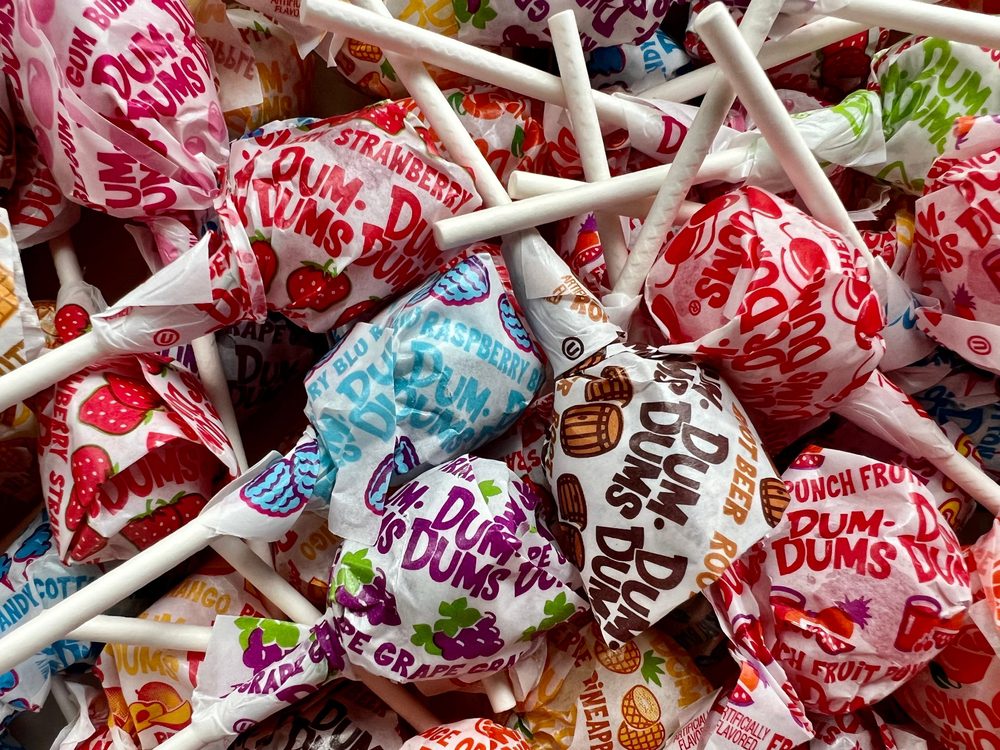
There is an art and a science to word of mouth marketing. The art is the creative and innovative ways companies spark conversations with customers. The science explains why and how companies can use word of mouth marketing to achieve business results.
Chevrolet used the art side of the word of mouth equation to spark conversations with tech-savvy attendees at the recent SXSW Interactive Conference.
This tech-centric conference attracted over 12,000 attendees, with nearly everyone carrying a smart phone, laptop, and camera. Each gadget needs recharging and Chevrolet smartly supplied over 100 Chevrolet-branded electric outlets for attendees to use. Additionally, Chevrolet sponsored an Amazing Race-style scavenger hunt where well-known bloggers used Twitter to update their progress in the race and to talk about the Chevy cars they were driving. As a result of their creative word of mouth marketing, Chevrolet was one of the more talkable brands from the conference.
The science involved with word of mouth marketing gets overshadowed by the innovative marketing programs companies use to get people talking. This doesn’t mean the science isn’t important—not at all. In fact, there are natural laws that govern word of mouth marketing success. To understand these natural laws, we need to revisit basic physics.
In school we learned about Isaac Newton’s three natural laws of motion. These laws explain how and why objects move. These laws can also explain how and why word of mouth marketing can move brands from being unknown to well known.
Law of Inertia
Newton’s first law of motion tells us an object at rest tends to stay at rest and an object in motion tends to stay in motion. In other words, objects are governed by inertia because there is a natural tendency for an object to continue doing what it has been doing.
The physics of inertia apply to word of mouth marketing. Conversation at rest tends to stay at rest while conversation in action tends to stay in action. If a company does nothing to encourage people to talk, no one will talk. However, if a company creatively engages with customers, like Chevrolet did at SXSW, word of mouth conversations will happen. Once conversation inertia has been set in motion, it will create word of mouth momentum.
Law of Acceleration
With Newton’s first law, we learned a force is required to spark momentum. Newton’s second law, the law of Acceleration, explains how much force is required to spark movement. The larger an object is, the more force needed to move the object. Conversely, the smaller the object, the less force needed to move the object.
The correlation to word of mouth marketing is simple. The larger a brand is, the more marketing muscle needed to generate conversations about the brand. On the other hand, the smaller the brand, the less marketing muscle needed to spark conversations about the brand.
Before 2006, Blendtec was an unknown business selling high-speed blenders. It’s anonymity changed due to Blendtec following the law of word of mouth acceleration. The company spent $100 in supplies to videotape its CEO blending oddball items like a gardening rake, a soda pop can, and an iPod inside a Blendtec blender. The company uploaded these whimsical videos to YouTube and millions of people have since seen the power of a Blendtec blender. Success followed thanks to the online word of mouth acceleration of these videos. Sales at Blendtec are up 700% since its videos went viral online.
A larger blender brand, like Hamilton Beach, would need considerably more marketing muscle to achieve the same word of mouth acceleration results (and sales success) as Blendtec realized.
The Law of Reaction
Newton’s third law of motion tells us for every action there is an equal and opposite reaction. There is a parallel natural law that governs word of mouth marketing as it relates to delivering great customer service. This marketing law states: for every action by a customer, there should be a genuine and appropriate reaction from a business. These appropriate reactions take the form of a response, a rescue attempt, or a relaying of information from a company to an individual customer.
Great customer service can happen when a restaurant correctly responds to a guest’s request for a complicated special order. Great service can also happen when a print shop rescues the loyalty of a customer by offering to reprint a project, at no cost to the customer, to make up for a printing mistake. And great service can happen when an employee at computer store relays important information about laptops to help a customer make a better buying decision.
When a business reacts quickly and individually to customer requests, it can create not just a happy customer, but also create a talkative customer who is sure to tell their friends about how a company saved the day for them.
Basic physics can indeed teach us important word of mouth marketing lessons. It’s up to us to follow the natural marketing laws of Inertia, Acceleration, and Reaction to help make the brands we market more talkable and more successful.
John Moore was formerly in marketing at Starbucks Coffee and Whole Foods Market. He now works as marketing strategist and chief evangelist for the Word of Mouth Marketing Association. He can be reached at [email protected].
 Network
Network

